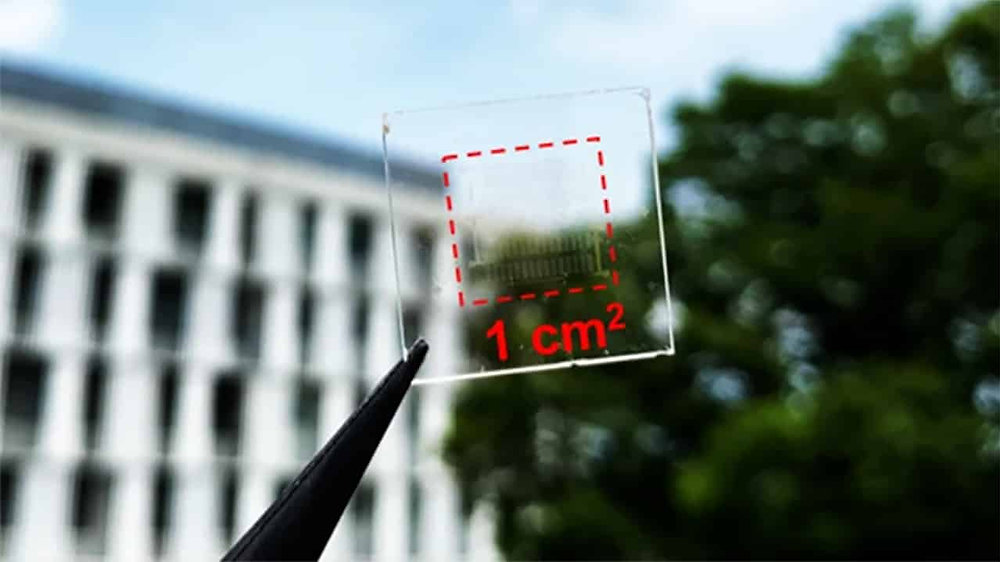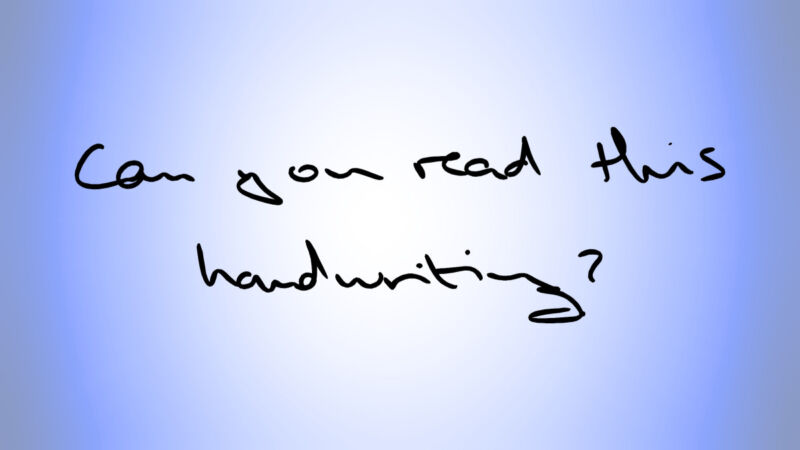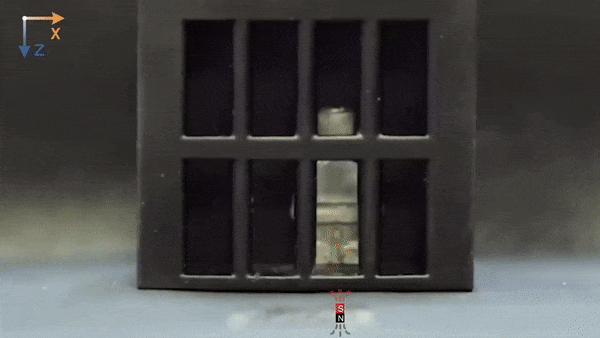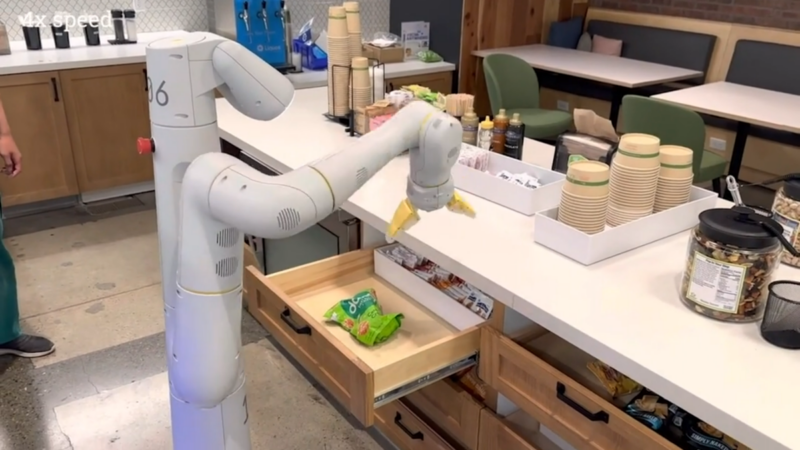- Joined
- Apr 1, 2005
- Messages
- 10,315
- Reaction score
- 6,263
People have been weaponising these robots? Who could have possibly predicted such a thing?SpotMini: headless robotic dog to go on sale in 2019
Former Google robotics outfit Boston Dynamics announces 30kg quadruped will be available to buy for an as yet unknown price
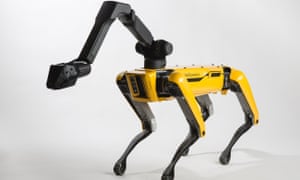
Boston Dynamics *really* does not want you to add weapons to its robots
Open letter cites concerns about misuse of "widely available" commercial robots among the public.
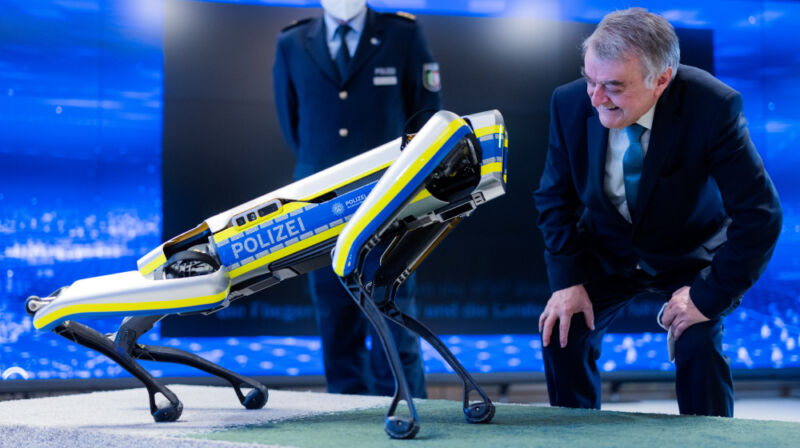
Boston Dynamics and several other robotics companies have pledged not to weaponize "general purpose robots" according to an open letter released publicly on Thursday and first reported by Axios. Although with sizable caveats in place, the letter focuses mostly on unauthorized public misuse of their products.
In the letter, titled "General Purpose Robots Should Not Be Weaponized," six companies (Agility Robotics, ANYbotics, Boston Dynamics, Clearpath Robotics, Open Robotics, Unitree Robotics) spell out concerns about "risks of harm and serious ethical issues" from the weaponization of their general purpose products, fearing that it will "harm public trust in the technology."
For their part, the robot manufacturers write, "We pledge that we will not weaponize our advanced-mobility general-purpose robots or the software we develop that enables advanced robotics and we will not support others to do so."



